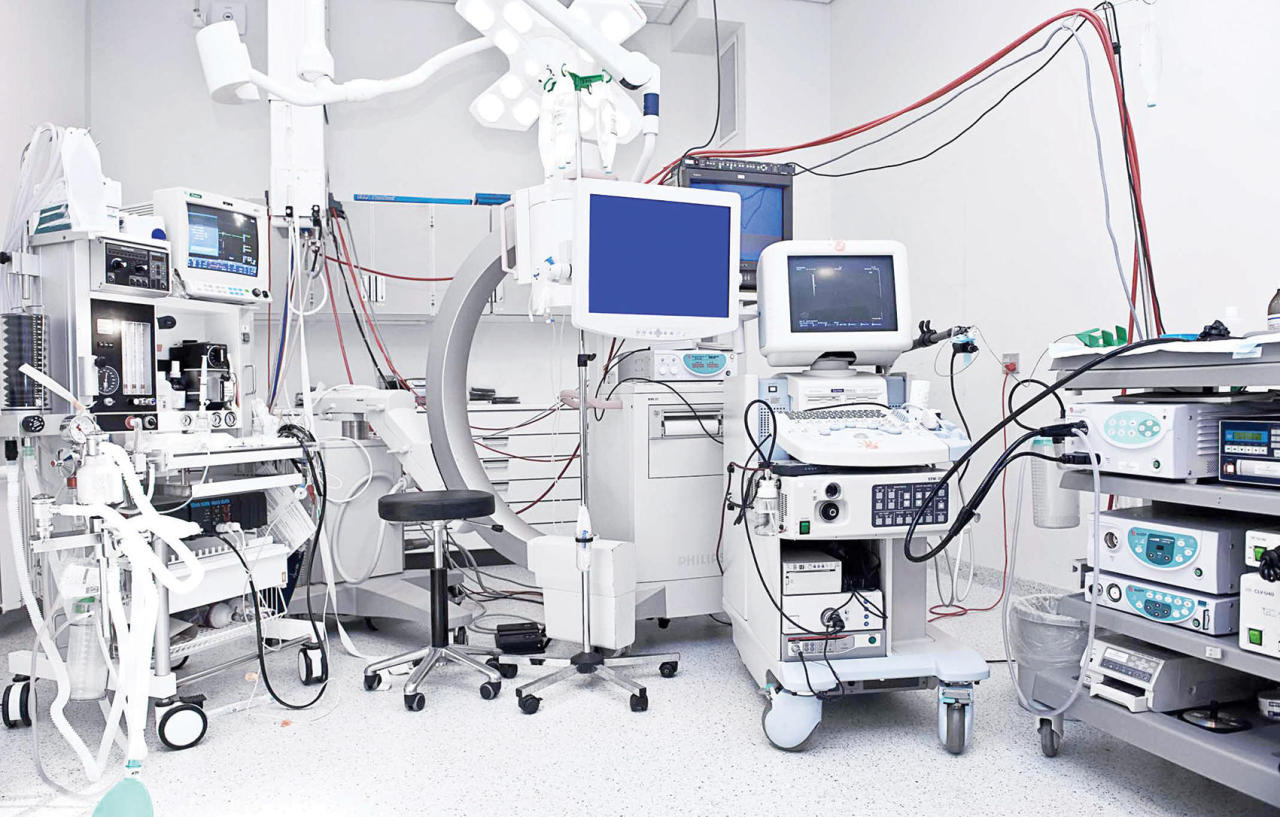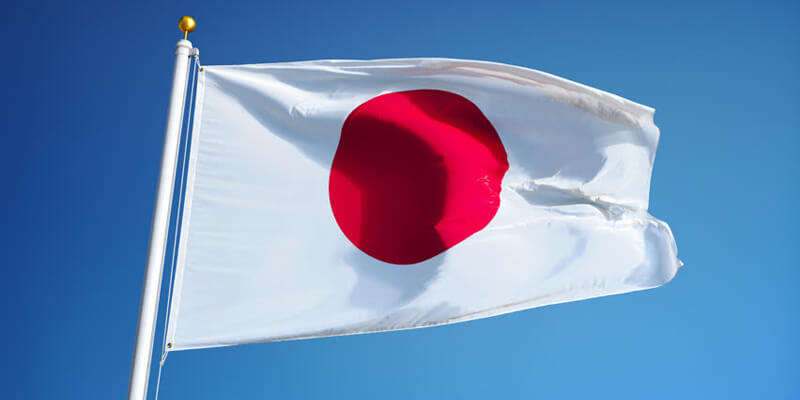Japan announced the adoption of the new version of the Pharmaceuticals and Medical Devices (PMD) Act, the core document regulating the Japanese sphere of medicines and medical devices.

New Japanese Medical Device Regulations: an Overview
The novelties introduced in the amended version of the PMD Act are intended to cover the most innovative spheres, like the application of Artificial Intelligence, Unique Device Identifiers, and Instructions For Use provided in electronic form. The document also amends the requirements related to pre-marketing application submission and post-marketing surveillance.
The document intends to achieve the following goals:
- To simplify access to the market in order to make innovative medical devices accessible for patients while maintaining an optimal balance between easily placing the entirely new device on the market and protection of public health through ensuring the safety of any device allowed to be marketed,
- To provide a new vision on the functions of healthcare institutions and healthcare professionals,
- To improve the regulatory compliance system in general.
While the second goal mostly relates to pharmaceutical products, the other two are associated with the significant changes in regulatory framework medical device manufacturers should pay attention to. At the same time, the entire set of amendments do not enter into force simultaneously. In particular, the designation system together with the conditional early approval systems, new post-market surveillance, and change control requirements will become effective in December 2021 while the changes to regulatory compliance requirements, specifically sanctions for providing incorrect information together with the implementation of the electronic instructions, would enter into effect later in December 2022. Then, in December 2023 the new traceability requirements would become effective.

Japanese PMD Act Amendments in Detail
As it was mentioned above, the new version of the country’s main medical device and medicines regulation is intended to implement certain significant changes to the existing regulatory framework to improve it substantially and keep up to date in accordance with global trends.
The novelties introduced by the amended PMD Act include, among others, the following:
- An improved designation system. Actually, it was created as a pilot program earlier in 2015 while the new regulation made it effective. The main goal of the system is to accelerate the development of the entirely new medical devices to cover the unmet needs through establishing an effective cooperation between the medical device manufacturers and the regulating authority (Pharmaceuticals and Medical Devices Agency or PMDA). This cooperation would take place in the form of consultations with the representatives of the PMDA dedicated to certain compliance measures in order to apply the regulatory requirements correctly due to the nature of innovative products having no analogs already present on the market.
- Conditional early approval system – the new approach to be used if the device is intended to treat rare disease and the number of patients that could be engaged in trials is not enough to duly arrange and perform clinical trials that are necessary to obtain reliable results to assess safety and performance of the device. This approach was also initially introduced in 2017 as a pilot program and only now becomes a part of the current effective Japanese legislation on medical devices. Utilization of this approach makes such devices accessible for the patients with rare diseases and reduces the time necessary for the manufacturer to confirm the compliance and obtain the approval to be able to place the device on the market. In accordance with this approach, the assessment of safety and performance of the medical device should be based not on the results of clinical trials conducted during the pre-marketing examination of the device, but on the information collected in the course of post-marketing surveillance. For sure, such an approach is associated with increased potential risk to the patient’s health. To mitigate this risk, the regulation prescribes medical device manufacturers to confirm compliance with special criteria used to evaluate safety and performance of the device for the intended use based on the information that is already available. For the same purpose, the regulation also introduces strict post-marketing risk management rules providing that it should be developed with the engagement of scientific representatives. According to the new regulation, the device would be approved if any and all risk management measures had been introduced, and the safety and performance of the device for the intended purpose were duly confirmed, while the arranging of additional clinical trials is not required.
- Change plan early realization. Under this procedure, the manufacturer is allowed to submit for review a change plan in advance to be able to implement the changes described without the need to obtain the approval. If the PMDA would assess a change plan when assessing the application itself, it would be sufficient for the manufacturer just to notify the authority on the changes made in order to comply with change control regulations. The amended law also implements special provisions regulating the change procedures related to the devices requiring continuous improvement (e.g. AI-powered devices). Under the applicable regulations, any changes to such devices should be made in accordance with the risk management plan agreed with the authority in advance. The main goal of the new rule is to simplify and accelerate change approval procedures for the devices that should be subject to changes on a regular basis due to their nature.
- The amended PMD Act also improves the regulation of the electronic instructions for use. In spite of the fact that medical device manufacturers were allowed to supply instructions for use even under the regulation existing previously, the particular rules were inappropriate and were creating additional obstacles while the new requirements would make all associated processes easier.
Medical Device Traceability, New Compliance System and Penalties
According to the position of the regulating authority, traceability of the device on all steps of the supply chain is an obligatory element of the supervision system implemented to process all information regarding a particular device. The approach used by the PMDA is the same as one implemented by the EU countries and is also based on the utilization of Unique Device Identifiers (UDIs) together with keeping records in the online database.
The new regulation also improves compliance and supervision systems in order to make communications with the manufacturers more efficient through providing legal clarity and certainty of the regulatory requirements.
The list of novel provisions introduced by the amended PMD Act also includes the liability for making false statements and claims regarding the devices (e.g. inappropriate labeling). Under the new rule, any parties making false claims would be subject to liability in the form of financial penalties. All the changes introduced by the revised regulation are intended to improve medical device regulatory framework in general and harmonize it with the best practices used in other countries, together with the simplification and acceleration of all procedures and processes to make innovative devices more accessible for the patients.

How Can RegDesk Help?
RegDesk is a next-generation web-based software for medical device and IVD companies. Our cutting-edge platform uses machine learning to provide regulatory intelligence, application preparation, submission and approvals management globally. Our clients also have access to our network of over 4000 compliance experts worldwide to obtain verification on critical questions. Applications that normally take 6 months to prepare can now be prepared within 6 days using RegDesk Dash(TM). Global expansion has never been this simple.
Sources:
https://www.namsa.com/asian-market/japan-issues-amended-pmd-act/

